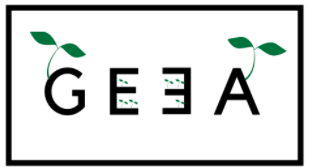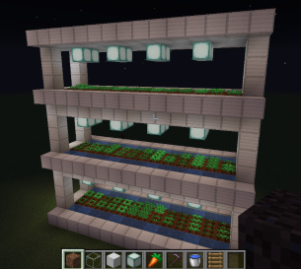
Judges Choice: GEEA Vertical Gardens | Utilisation of vertical gardens to decrease the enhanced greenhouse effect
Project Team:
Eve Paff , Emily Fitzgerald , Georgia Shelley , Ava Whitten
Status:
New Idea
Social Purpose
Responsible Consumption & Production
Connect:
What is the problem you found?
Half of all habitable land is used for agriculture and food is responsible for approximately 26% of global GHG emissions. Additionally, 21% of food’s emissions come from crop production for direct human consumption, and 6% comes from the production of animal feed.
What is your opportunity?
How might we produce more food with less space whilst reducing carbon emissions locally?
Who is your audience?
Local communities/organisations and commercial based companies can implement the greenhouses and thus encourage students and people in the community to care about their source/origin of food. This can be easily adapted to varied sizes for different people and groups. We aim for this to be a large scale project to increase precision and productivity but can be implemented in urban communities.
What Is Your Solution?
Our final solution was to install revolutionary vertical farms, which utilize the precision farming technique and present a myriad of environmental benefits.
This aims to reduce carbon emissions as no greenhouse gases are produced during the production process due to the solar energy, and the plants within the greenhouses absorb over two times more carbon dioxide than if they were grown outside, meaning more carbon is biologically stored in plants instead of the atmosphere. This happens as the LED lights enable overnight growth, unlike outside, this means that the plants undertake more photosynthesis, rather than resorting to respiration at night. Plants also are less susceptible to decay and waste carbon returning to the atmosphere, as high-quality food is now being produced locally and reducing the complexities of the modern food supply chain.
Additional benefits from our project include:
- “...using precision and vertical farming, where technology (powered by our solar panels) provides detailed readings on soil chemistry, water content, nutrients, and growth, measuring the progress of each individual plant. Because of this, we are able to significantly increase yields and reduce water dependency by 90%.
- The greenhouse also utilizes hydroponics, which includes no soil, meaning nutrients are biologically injected into the plants. This process provides numerous jobs and further increases yields as the plants have smaller roots, meaning more room for plants.
- This solution reduces carbon emissions in an aesthetic, innovative and sustainable way. Starting with implementing this in local communities, we aim to achieve our goal of reducing agricultural carbon emissions on a national scale.”




Comments